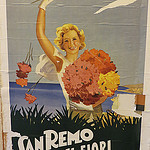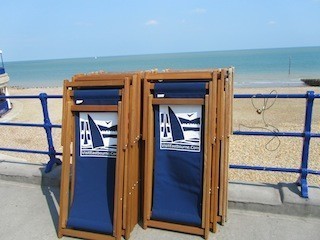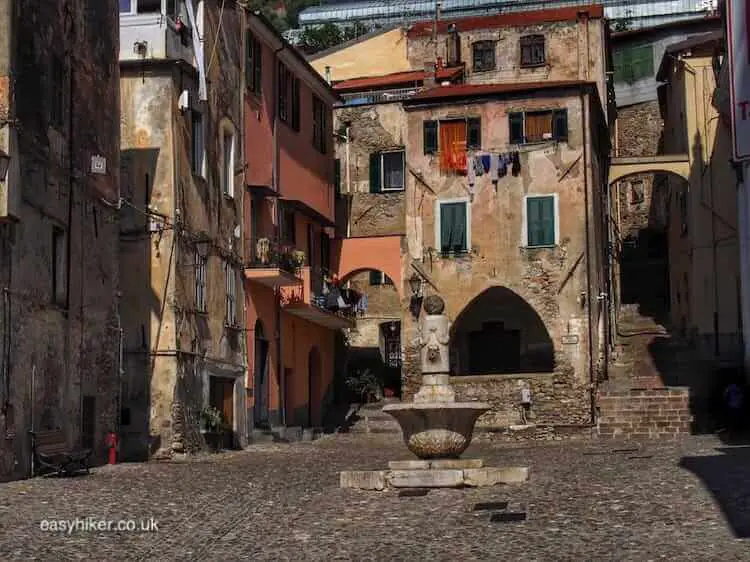Not all villages in Provence were built high up on a hill around a castle or an ancient cathedral, although sometimes it may seem that way.
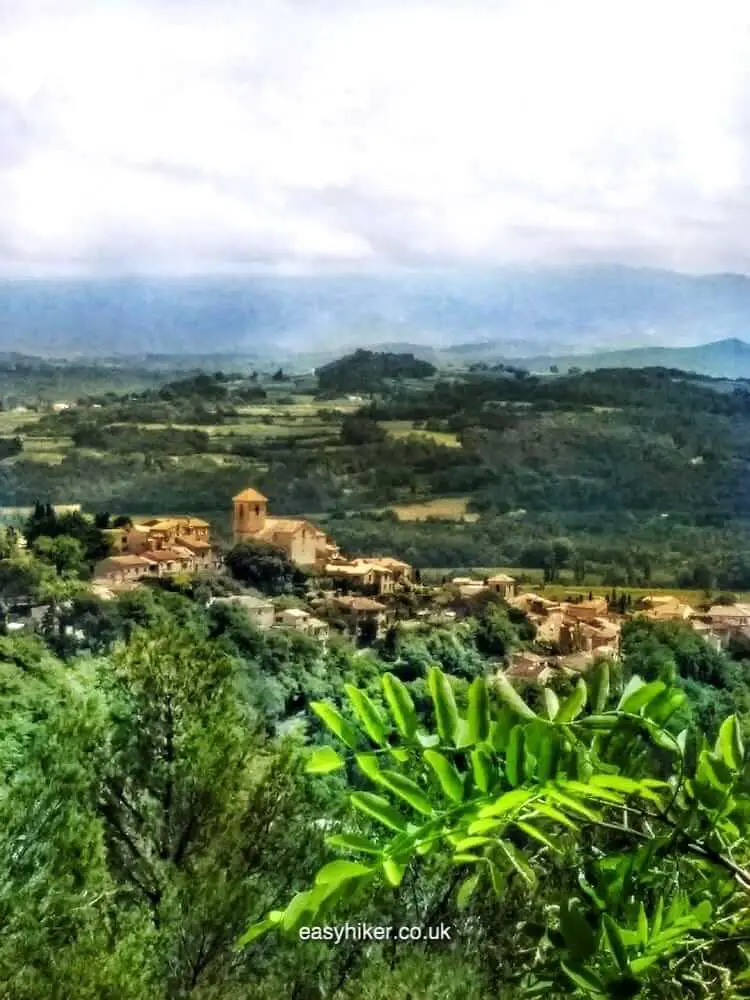
This has more to do with the logic of international tourism than the actual settlement patterns of the local folks. Most villages and small towns in southern France, after all, were planted into the flat countryside, but the villages perchés are the ones that are on the list of the country’s Most Beautiful Villages and, as a consequence, dominate the tourist itineraries.
These villages really do offer many things to see and to discover: sloping paths create splendid views (and walking routes), from high up you get magnificent panoramas of the landscape, and many historic buildings in the town centres have been classified as Monuments Historiques, meaning that state subsidies are available for keeping them in tip-top condition.
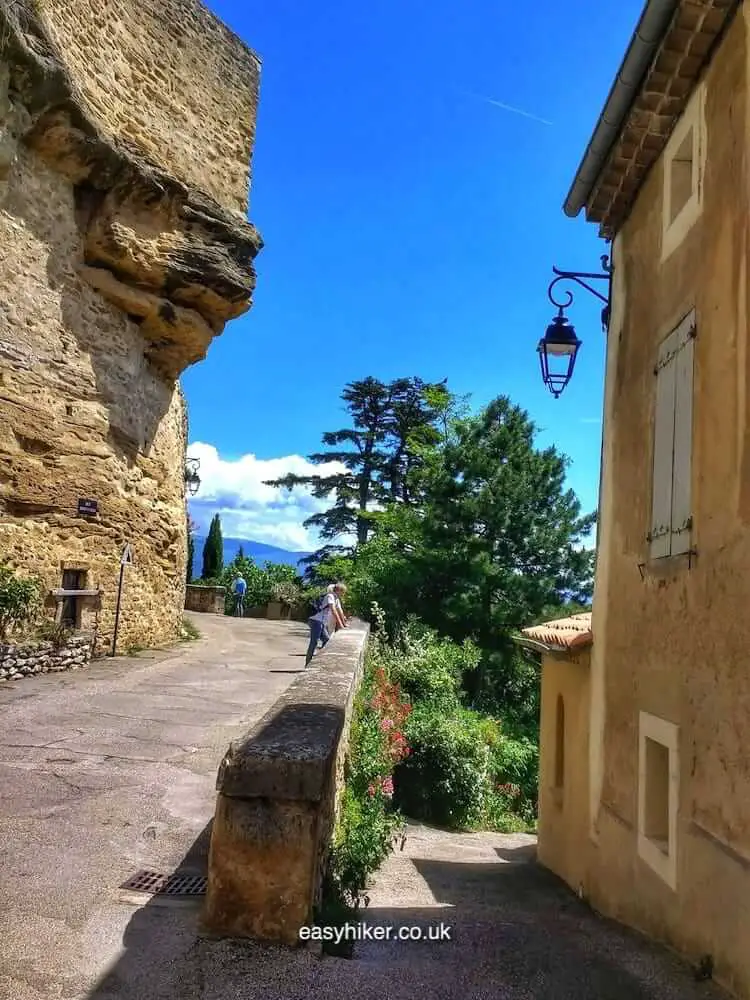
These fortified hilltop villages were built for various reasons. Some villages developed around existing fortifications, a garrison or a nobleman’s stronghold, others were constructed by villagers who sought refuge from troubled times.
Some were established in the Middle Ages, others go back further, to antiquity and beyond: Roman legionnaires (as noted by Cicero) referred to the local tribes as castellani, the “castle dwellers”, so it seems there must have been some ancient, Celtic tradition at the root of this strange preference.
A Tale of Two Provençal Villages
More than a single explanation exists for the preponderance of these villages, all of which have their own character and their own back stories. Today, we shall visit two such villages with contrasting tales to tell.
First up, the town of Grignan, which developed from the top down: the wealth and success of the noble family that resided on the hill trickled down the slopes and eventually spread out into the flat countryside.
A hilltop castle of some sort appears to have existed there at least since the early Middle Ages, but the village around it only grew when the local nobleman married into the Royal family. When one of his descendants was appointed by Louis XIV as the governor of the region, Grignan became the de facto capital of the entire Provence.
Dispatched from Paris where he had spent most of his life in and around the court of the Sun King, the Count de Grignan – returning to his family’s ancestral home – found a provincial nobleman’s residence that he did not think was suitable for a trusted envoy of Europe’s most powerful monarch. What the count wanted was a Versailles of his own that reflected both his status and his rank.
The result – a Baroque residence built atop existing medieval fortifications – brings to mind the image of a man combining a foppish Louis-XIV-style wig and frilly shirt with the steel-plated trousers of a medieval knight in armour.
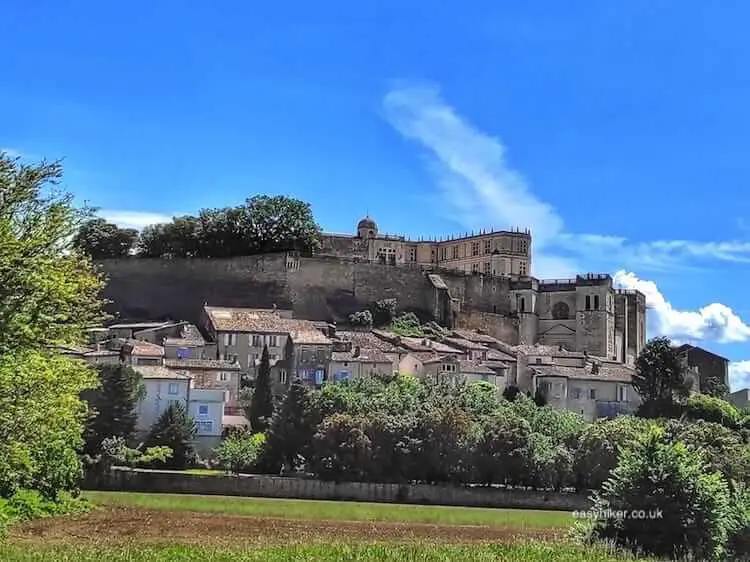
These days, the Count de Grignan is remembered not so much for his architectural endeavors – never mind anything he might have achieved during his long reign as viceroy and governor – but as the son-in-law of the Marquise de Sévigné, the most famous letter-writer in French literature. (The Count, says the New York Times, “emerges as the secret hero” of Madame de Sévigné’s epistolary work, “learning to deal patiently with a great spirit and a great writer who was also a nightmare of a mother-in-law”.) The Marquise died during one of her frequent visits to her beloved daughter’s and son-in-law’s estate and is buried in the Grignan Castle’s chapel.
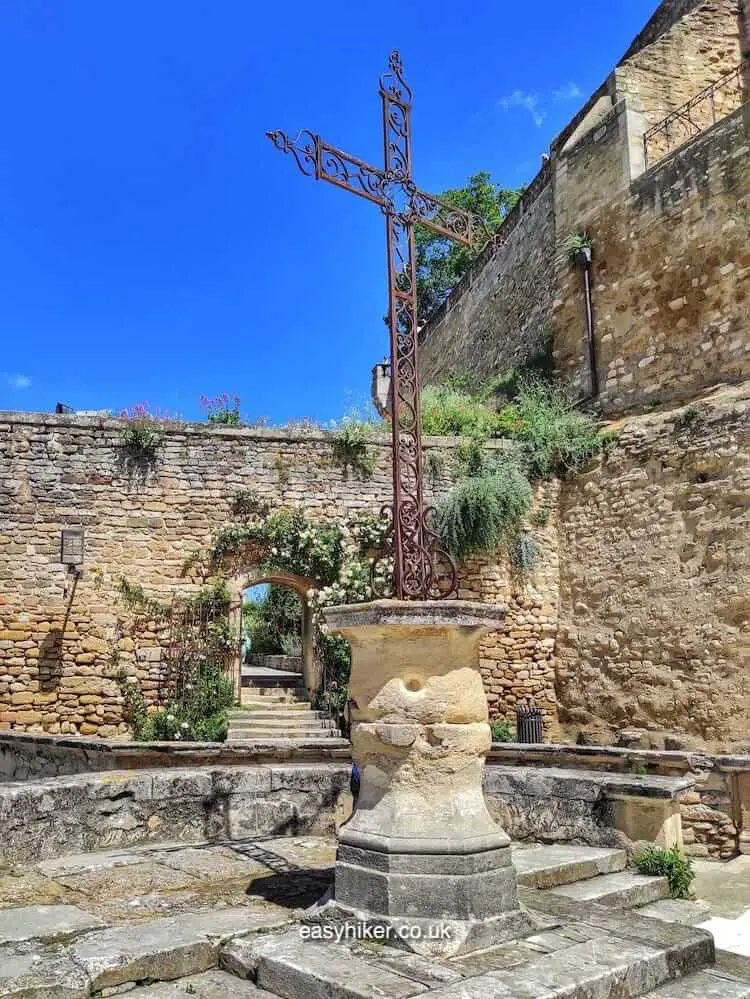
The Old Town around the castle has been preserved in the amber of architectural conservation. But walking down its narrow lanes, …
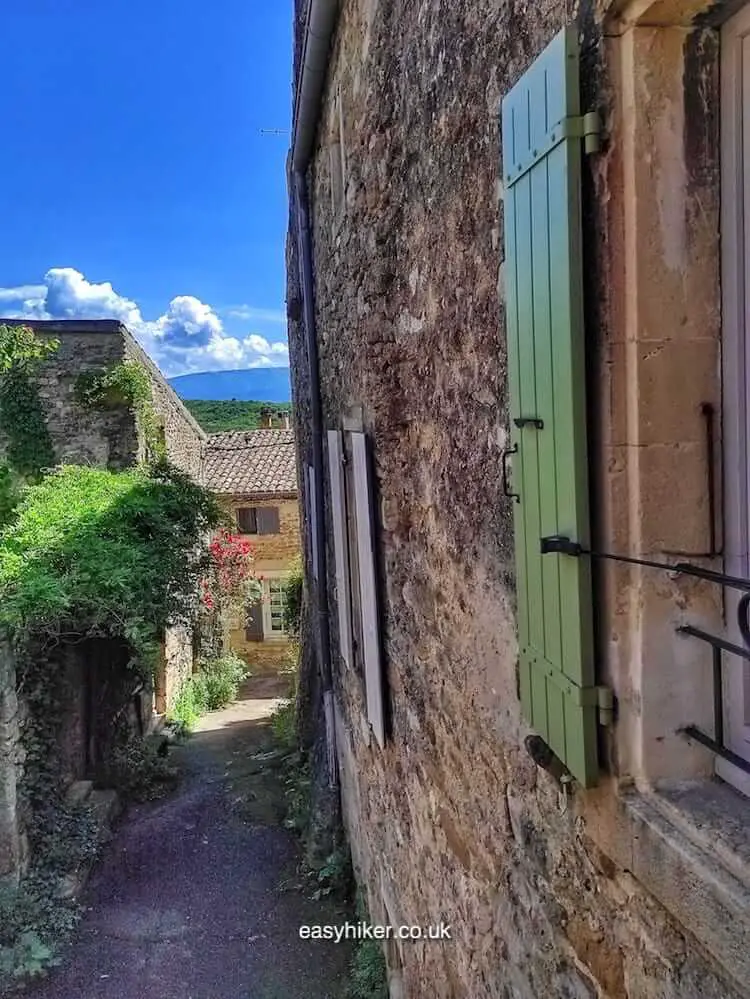
… you get views of the village that has sprouted below since the 16th century …
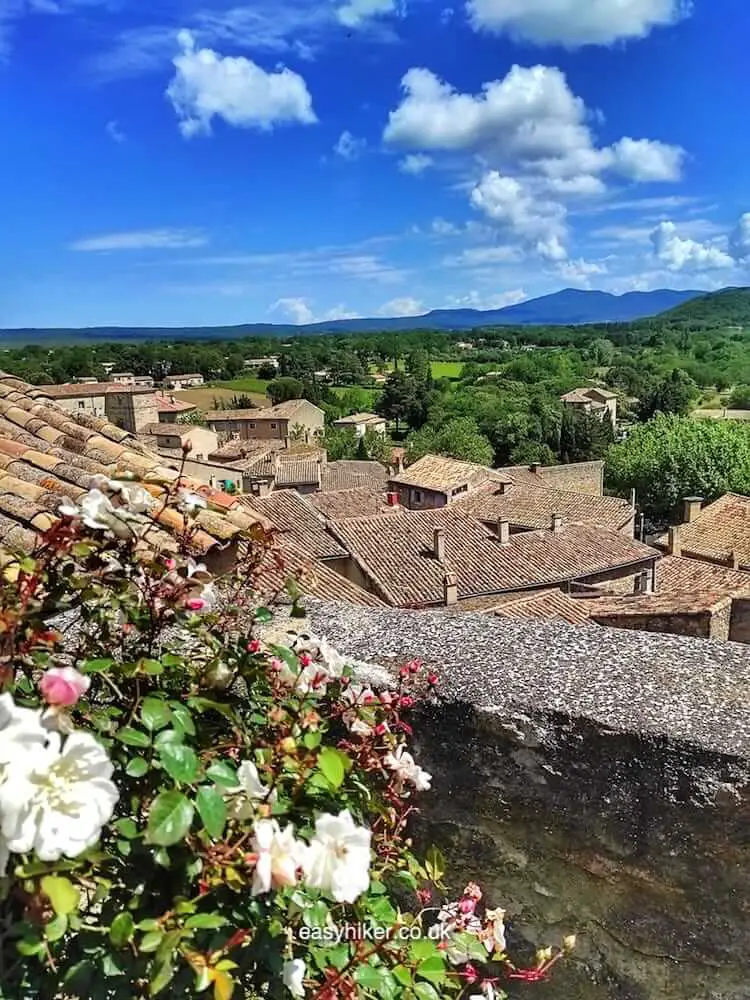
… and that has gone with the times. In contrast to the uphill quarters, the downtown section of today’s Grignan also features buildings from later periods such as a 19th century classicist street ornament …
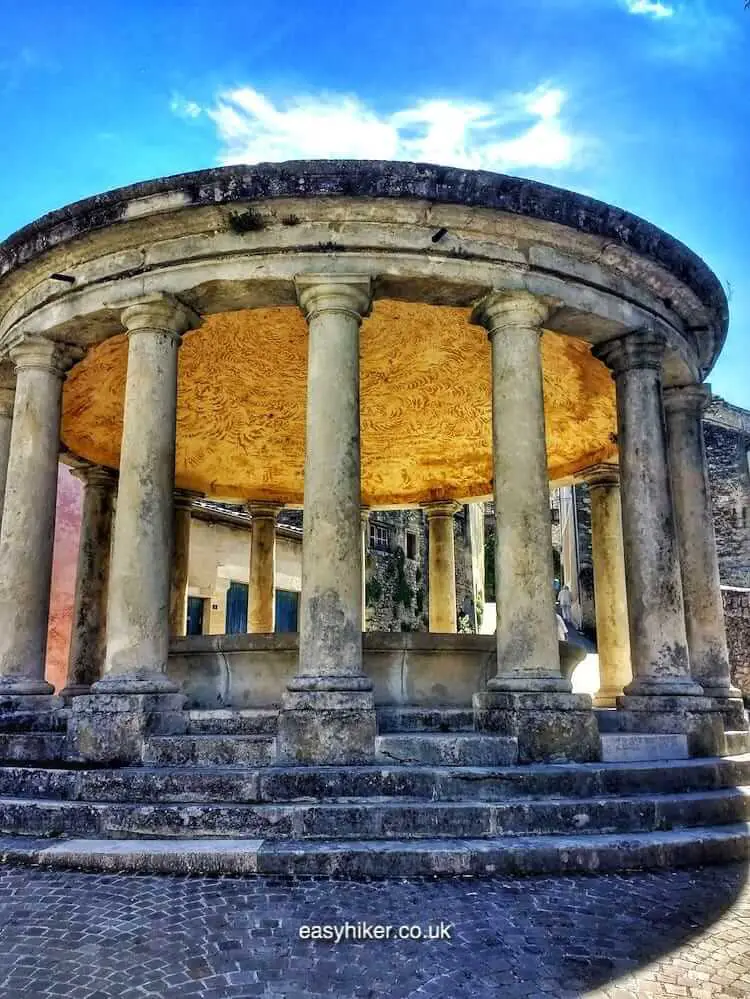
… and is a busy and lively commercial hub, thanks mainly to the large number of visitors.
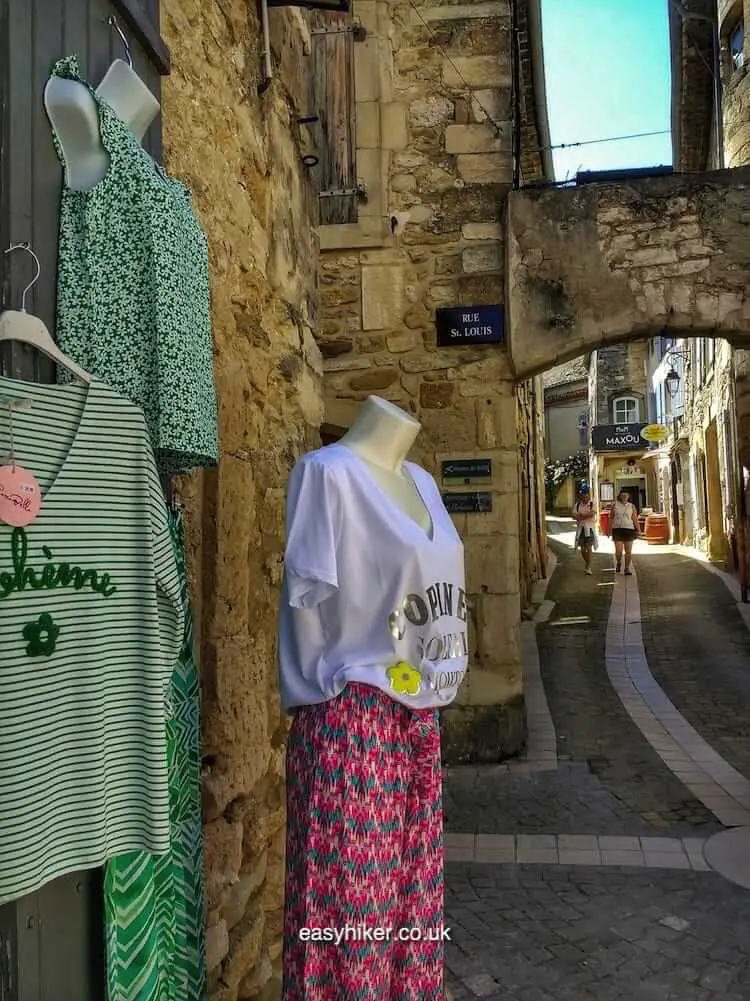
While Grignan is a prime example for a town that has extended from a small core, Vaison-la-Romaine tells the story of a slow and gradual contraction.
In Roman times, Vaison was one of the largest urban settlements in France, benefitting from its privileged status as a Federated City and spreading over an area of 70 hectares on both banks of the Ouvèze River.
Its Roman infrastructure included an amphitheatre for 7000 spectators, more than the number of modern Vaison’s inhabitants, and everything else that an important city in the Empire would have possessed.

Following the breakdown of Roman rule, however, virtually the entire urban infrastructure fell into neglect or was dismantled. A much smaller medieval city was then built a little further to the west.
Today, the ground once covered by the Vaison of the Dark Ages is occupied by modern residential homes, parking lots and a shopping mall. In the middle of this slightly drab suburban quarter of the new town, only the old Cathedral of Notre Dame de Nazareth points towards the past – a past, which, for the church, reaches back to the 8th century.
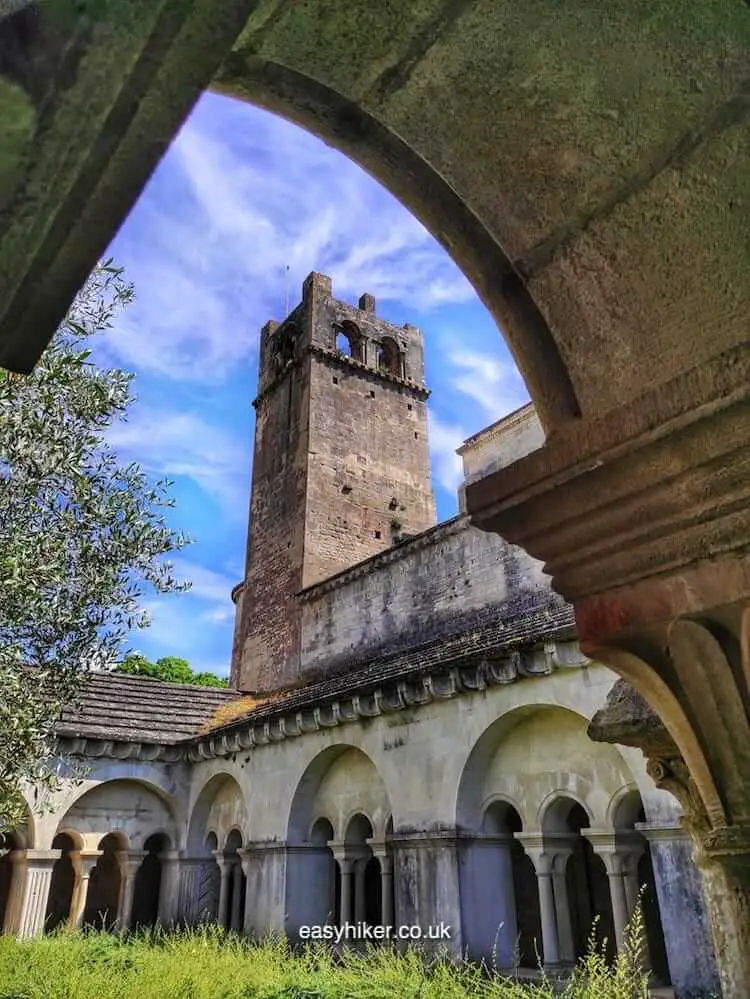
Vaison’s problem during the Middle Ages was that the local bishops and the feudal landlords could not agree who owned what in and around the town, and this long-standing conflict made life on this rich and fertile soil even more uncertain than it would have been under more benign circumstances.
Which is why the inhabitants of the town eventually packed up and left, heading for the top of the near-by rock.

As different as Vaison’s back story is from Grignan’s, both towns are characterised by the same contrast between a lively downtown area and a hilltop quarter where little seems to have changed since the 1300s.
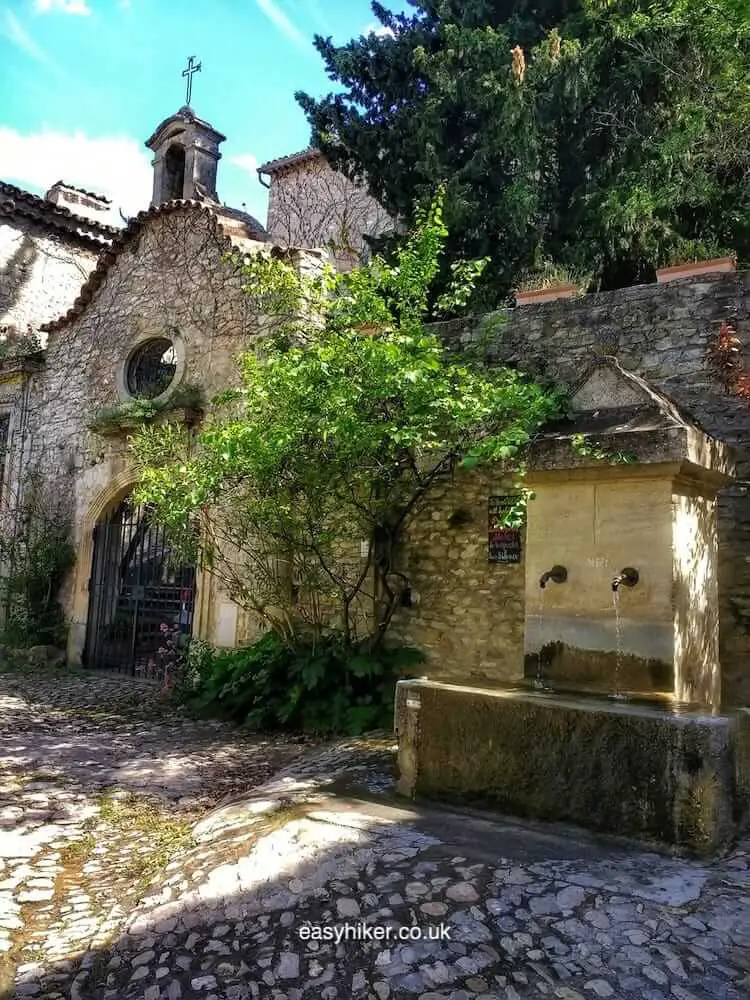
Appearances, however, can be deceptive, and even in uptown Vaison, time does not stand still. The cathedral, built in the late 1400s as the centre of the new settlement, has recently been converted into an “event space” and modern art museum. What could be more contemporary than that?
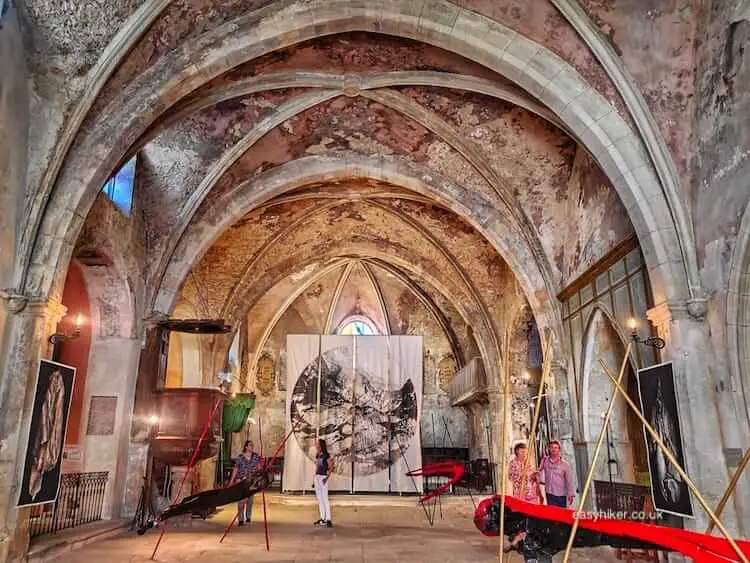
There is much to see and to discover in the streets of (both Roman and late medieval) Vaison, but if you want to take a scenic walk by the banks of the Ouvèze, you have to move a little further out.
About 1 km to the west, you can hike on a proper river trail. In town, only a small footpath runs past the Ouvèze …
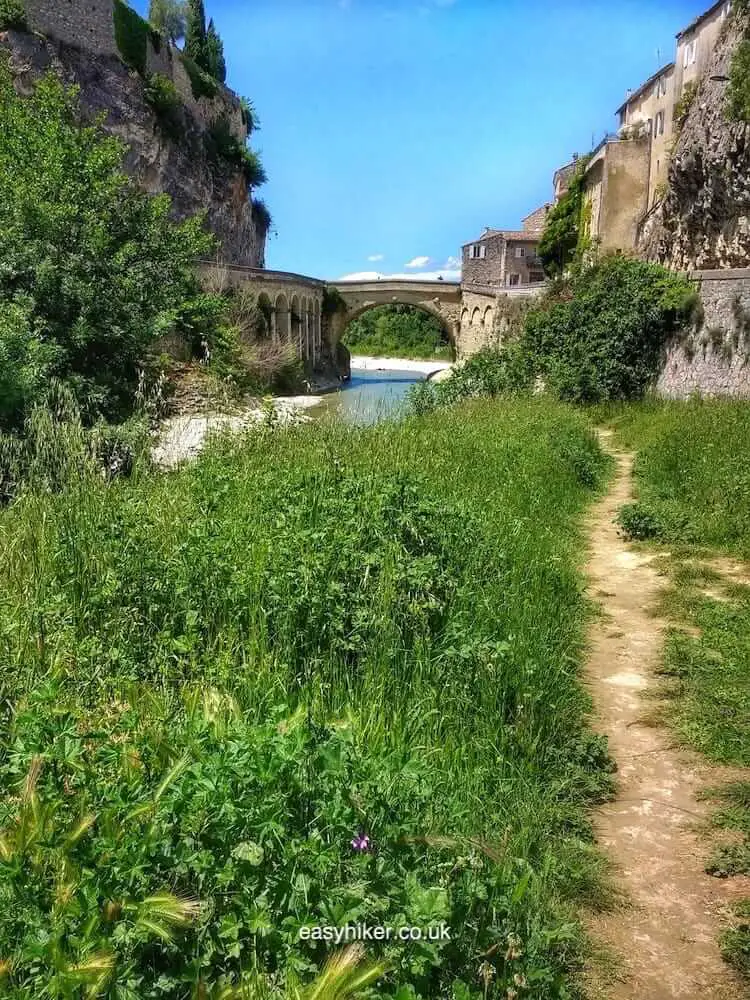
… but this short stretch is long enough to let you take a closer look at Vaison’s most famous landmark, the Pont Romain from the 1st century.
An even more famous bridge features prominently in our next post, but we shall cross that one when we find it – a week from now.


